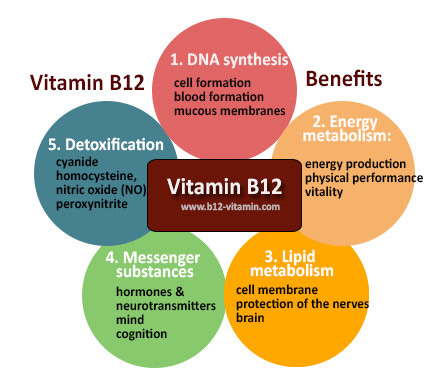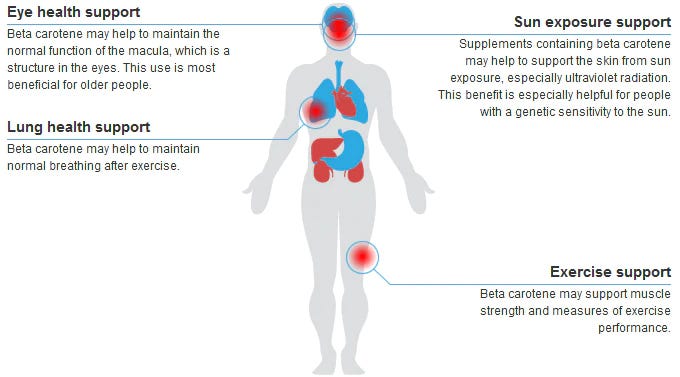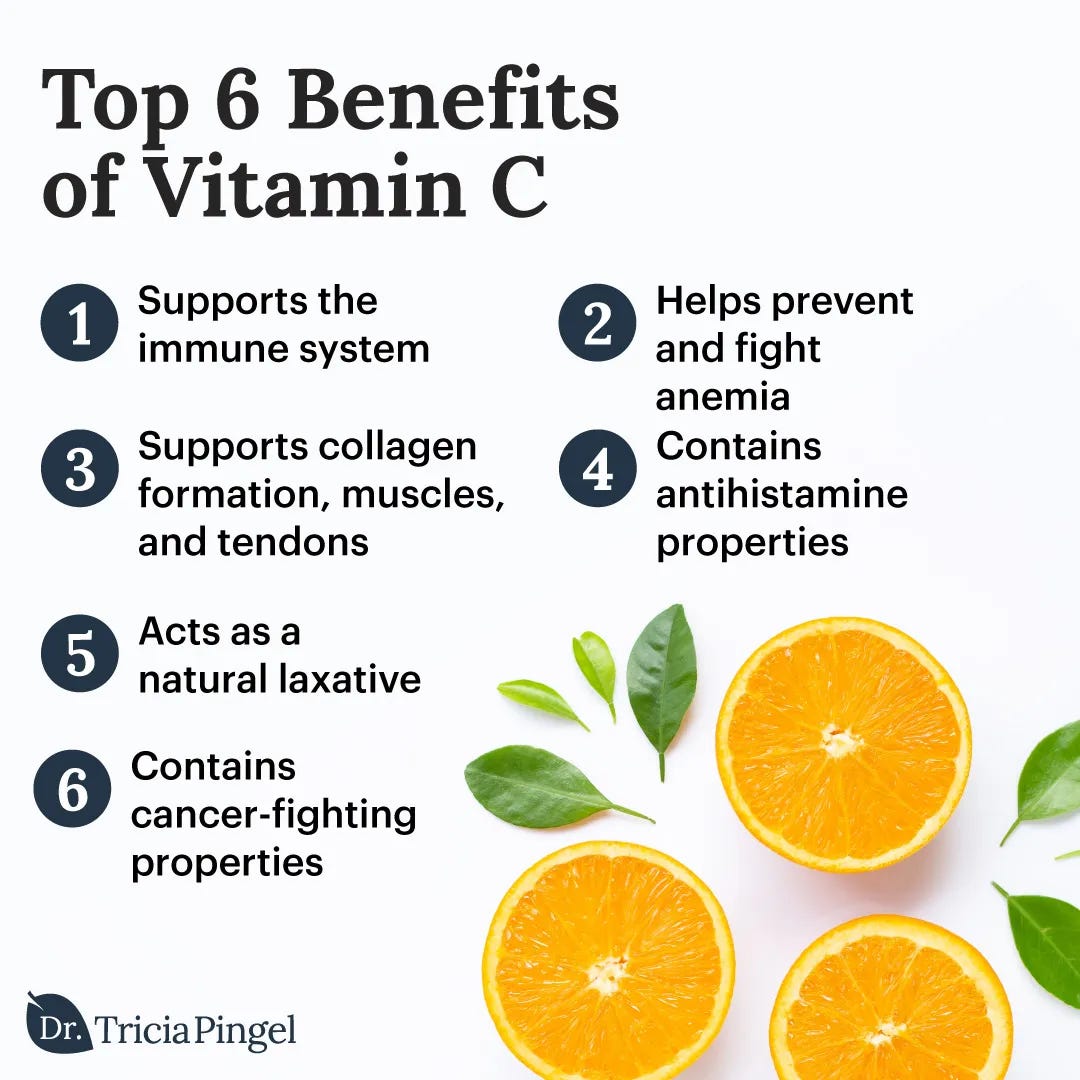
Helicobacter pylori (HP) is a gram-negative bacteria that has a global reach, infecting more than half of the world’s population (Franceschi et al., 2014). It is etiologically associated with atrophic gastritis (loss of gastric cells from inflammation), non-atrophic gastritis (inflammation with no loss of gastric cells), peptic ulcers, and shows a strong association with primary gastric B-cell lymphoma (cancer within the immune system) and gastric adenocarcinoma (stomach cancer) (Franceschi et al., 2014). A less appreciated manifestation of HP is its affects upon nutrition absorption. Thus, the following will explore such a condition as a means of appreciating the full reach of HP.

HP infection has been shown to impair both iron/B12 absorption and lowered basal and fasting serum levels of ghrelin and higher concentrations of leptin (Franceschi et al., 2014). Iron plays a vital role in several biological processes, and is essential for the activity of many enzymes involved in vital cellular functions ranging from respiration to DNA replication (Khare, Nangpal, & Tyagi, 2017). B12 is necessary for many functions to include the development and initial myelination of the central nervous system as well as maintaining its normal function (Stabler, 2013). Franceschi et al. (2014) also noted that HP can negatively affect the production of hormones; leptin is an anorexigenic (appetite suppressant) hormone, and ghrelin (increases appetite) stimulates powerfully the release of growth hormone in humans. Thus, any disturbance of such nutrients and hormones can cause deleterious affects on human health and function.

HP has also been implicated in lowered beta-carotene levels in those with HP infection. Beta-carotene is the most abundant form of pro-vitamin A, and is found predominantly in fruit and vegetables. Together with its metabolites, beta-carotene neutralizes reactive oxygen compounds produced by oxidative stress (Franceschi et al., 2014). It is thought that HP infection affects beta-carotene absorption because it slows the movement of said nutrient in a low acid medium.

Vitamin C (ascorbic acid) is absorbed through the intestine via proteins known as sodium-ascorbate co-transporters (SVCTs) and hexose transporters (GLUTs) (Franceschi et al., 2014). Vitamin C plays a large role in controlling carcinogenesis by neutralizing nitrite-derived mutagens (an agent that causes genetic mutations), with consequent protection from the same. Individuals with HP generally have 20% less vitamin C in their blood. When hypochlorydria (low stomach acid, often associated with gastric atrophy) occurs, it changes the ingested form of vitamin C into a less active/effective version compromising its function in the body (Franceschi et al., 2014).
In conclusion, HP is not only associated with ulcers, gastric atrophy and stomach/immune system cancers; it is a direct relationship to nutrient absorption and hormonal production along the gastrointestinal tract. Left untreated, HP has the potential to manifest into such disease states. Thus, it is paramount an individual suspected of HP infection seek diagnosis and treatment as soon as possible.
References
Franceschi, F., Annalisa, T., Teresa, D. R., Giovanna, D., Ianiro, G., Franco, … Antonio, G. (2014). Role of Helicobacter pylori infection on nutrition and metabolism. World Journal of Gastroenterology, 20(36), 12809-12817.
Khare, G., Nangpal, P., & Tyagi, A. K. (2017). Differential roles of iron storage proteins in maintaining the iron homeostasis in mycobacterium tuberculosis. Plos One, 12(1), 1-18.
Stabler, S. P. (2013). Vitamin B12 deficiency. The New England Journal of Medicine, 368(2), 149-160.
-Michael McIsaac
